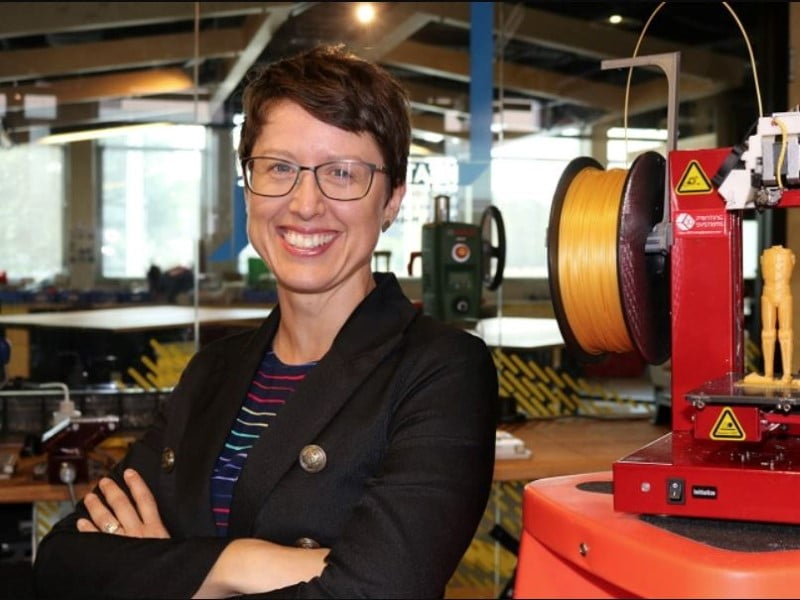Scientists and engineers are calling on the Albanese government to develop new long-term policy to close Australia’s $32 billion research and development gap, warning the innovation system is at a critical juncture.
As a year-long root and branch review of the national R&D system gets going, the Australian Academy of Technological Sciences and Engineering (ATSE) on Monday laid out what it says should be the first steps to improve investment, collaboration and impact.
The group wants a formal strategy to lift overall investment, new programs aimed specifically at developing IP in more innovation driven institutions, and fresh incentives for private investors to start backing startups.

“Better systems and structure to connect and empower researchers, investors, startups, policymakers and innovators can provide fertile ground for lucrative new national industries to flourish,” ATSE chief executive Kylie Walker said.
After wide consultation with its members and other parts of the innovation ecosystem, ATSE is releasing a new report it says can be a blueprint for change.
One proposal is to boost investment in STEM startups with more financial incentives like Singapore’s tax exemption for established but young companies involved in high-tech manufacturing or qualifying services, or the UK’s tax credits for backing new startups.
ATSE says Australia’s existing venture capital schemes and incentives for angel investors are a good start, but the innovation community needs more. ATSE stakeholders said local investors are often unaware of the opportunities and Australia struggles to pull in global investors because of the more generous foreign incentives.
The government could also do more in procuring innovation and should develop a “comprehensive strategy” to lift R&D investment to 3 per cent of GDP.
The national review of R&D has found reaching that target will require nearly $32 billion more invested every year. Industry and Science minister Ed Husic ruled out an official target last week or any major policy shifts until an “evidence base” is developed from the review.
ATSE’s report is also calling for new ways to make research institutions more ‘innovation ready’ with programs to develop IP, train researchers in commercialisation, and for universities’ promotion policies to put more value on research translation.
More support for SMES – which the R&D review has shown are a growing but challenged part of the innovation ecosystem – like access to research infrastructure is also needed, the report said.
It also called for the revival of an innovation metrics scheme developed for the government five years ago but never formally acted on. The metrics would help identify what parts of the ecosystem are delivering and better target public and private investment, ATSE said.
“Australia has what it takes to lead the world – across areas like battery technology, sustainable building materials, clean mining methods and responsible artificial intelligence, and more,” Ms Walker said.
“A fully maximised and thriving innovation ecosystem will create new industries, solve health problems, invent exportable technologies, safeguard our environment and support our workforces of the future.”
The national R&D review will report to government by the end of 2025.
Do you know more? Contact James Riley via Email.

